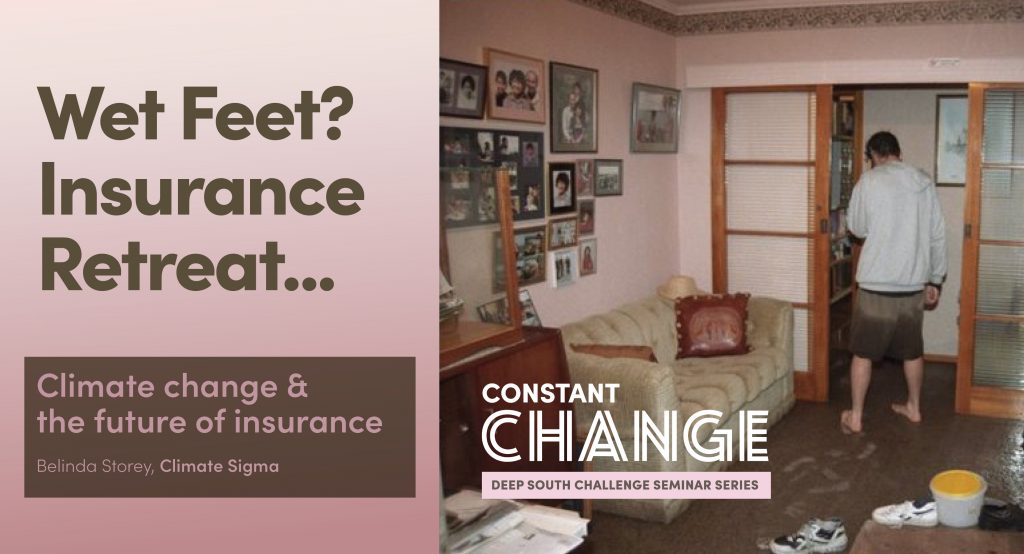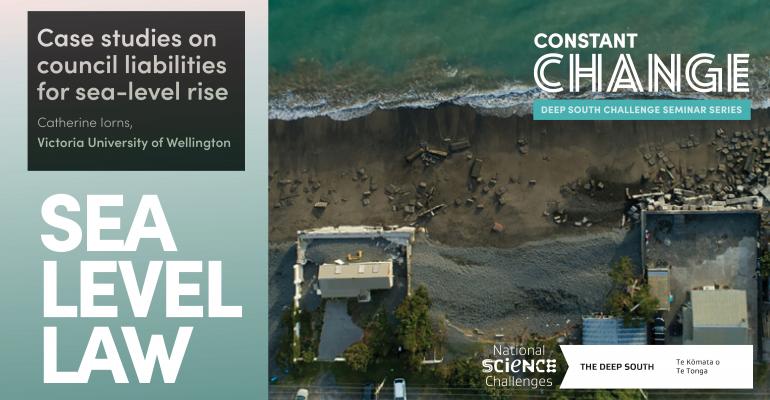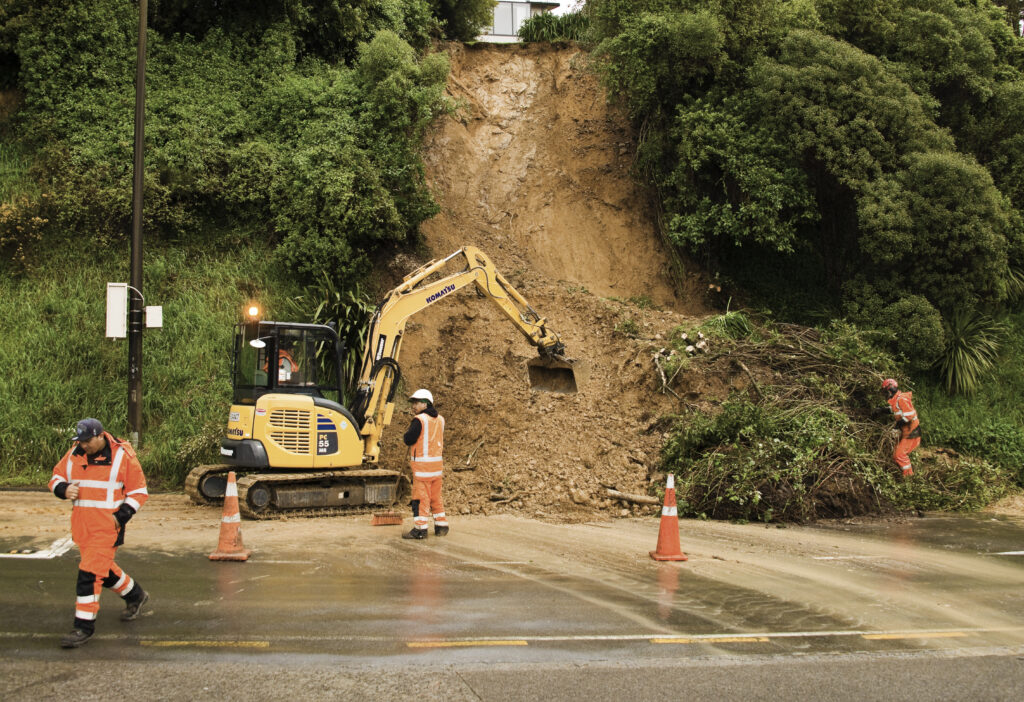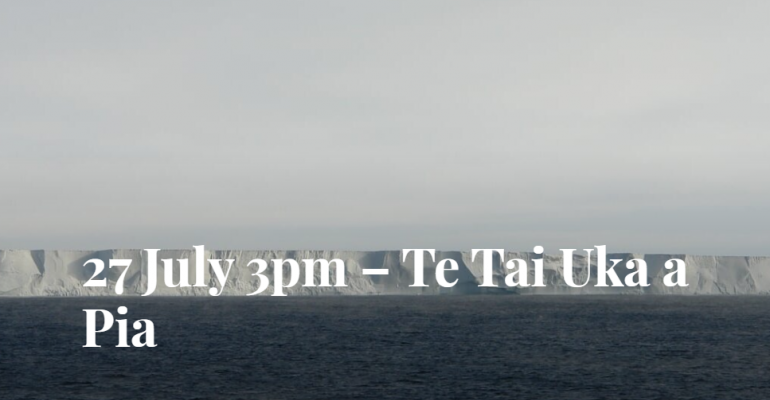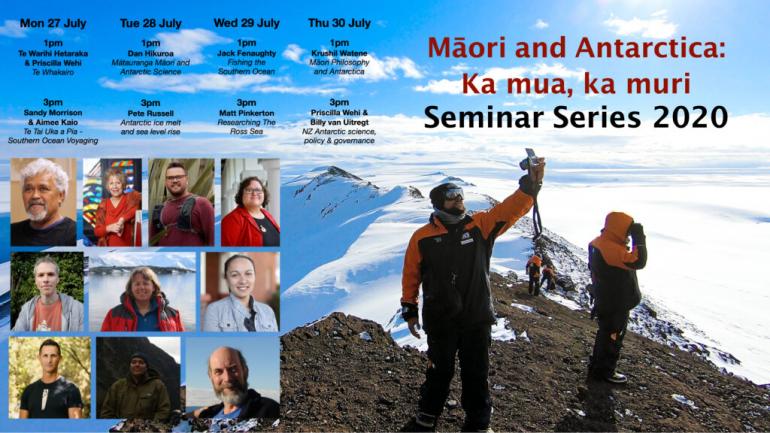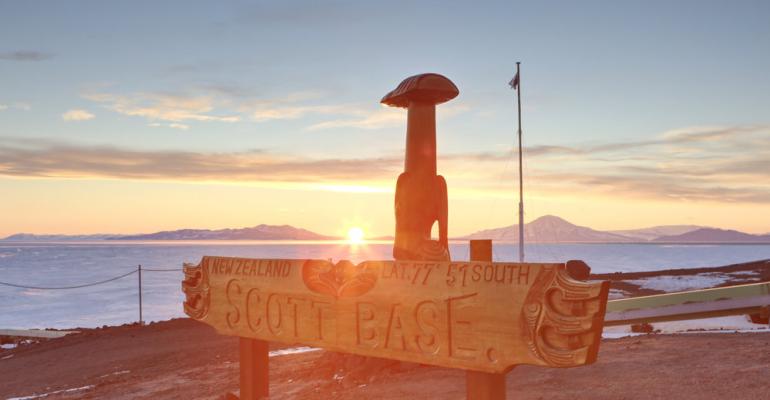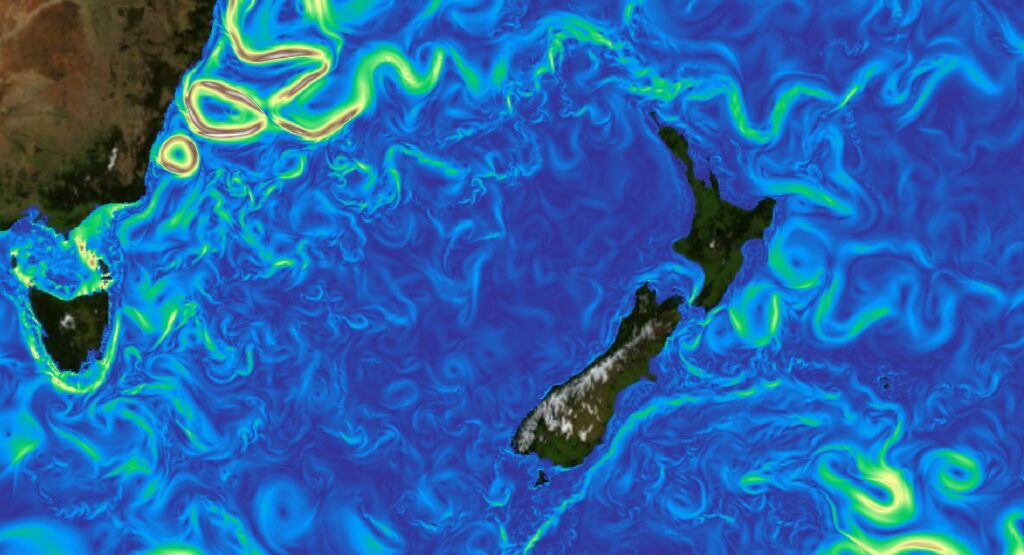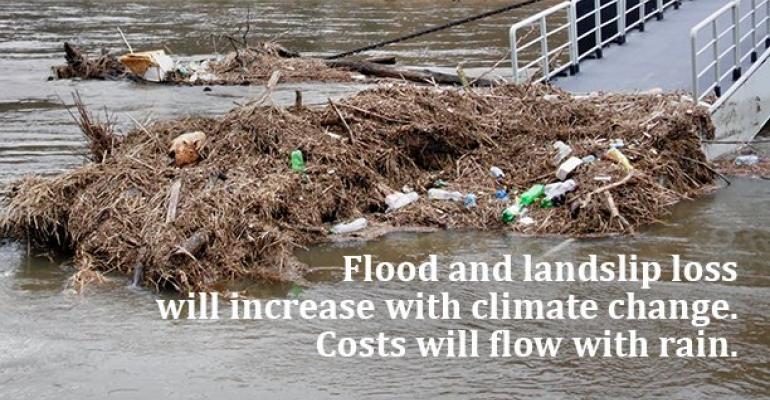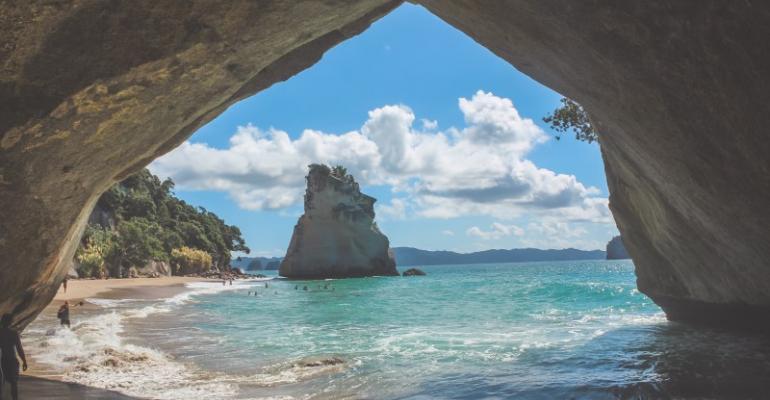Give us your two-pagers by February 19, 2021

In recent years, the policy landscape for climate adaptation in Aotearoa has shifted dramatically. There is also growing recognition that stakeholders and end users require methods and tools that help them make decisions despite uncertainty about the future.
Our mission is to enable New Zealanders to anticipate, adapt, manage risk and thrive in a changing climate. To date, our comprehensive research portfolio has helped us deliver on “anticipating” the nature and magnitude of the challenges ahead, and the urgency with which action needs to be taken.
We are now increasing our focus on the second part of our mission statement, and are asking for your research ideas as the first stage of a new Impacts and Implications funding round, “Living with Uncertainty.”
We recognise that, as a “climate adaptation” science challenge, it’s incumbent upon us to be adaptive! We are up for the challenge of changing, not just with our climate, but with the needs of our communities, in line with expert advice from adaptation researchers.
We are looking to fund projects that either:
- Work with end users or stakeholders on implementing adaptation approaches, where possible utilising existing research, or
- Develop or apply approaches to support decision making under uncertainty.
This funding round will follow a two-stage process:
- Stage One: Interested researchers provide a brief outline of their research idea/s, using the template provided.
The Challenge, and key stakeholders, will review research ideas to identify those which clearly address either of the priority areas, have new or existing teams which could credibly conduct the research, and correspond with research needs already identified by stakeholders. - Stage Two: Based on the research ideas we receive, the Challenge will develop an RfP, and invite a small number of research teams to develop full research proposals.
In this stage, we may suggest that researchers combine forces, or that particular researchers work with specific or general stakeholder groups. This may include limited funding and support for co-development.
More information, including a very brief template for researchers to use when considering your research ideas, are all available at this section of our website here:
https://www.deepsouthchallenge.co.nz/funding-opportunities
Research ideas are due back with us well after the holiday period, on February 19, 2021.
